-
Posts
56 -
Joined
-
Last visited
Content Type
Profiles
Forums
Events
Posts posted by nancy9494
-
-
The amine is the electrophile and so it the starting material right? I just don't understand how the amine can attack the starting material.
0 -
Hello
The problem: Suggest reagents for the following transformations. Remember that protic solvents are present to protonate the alkoxide ions that are formed in teh nucleophilic attack on the oxirane.
I don't understand how the mechanism works. The final product is attacked at the least hindered carbon indicating it is in basic conditions, but the reagent given is an electrophile. I don't understand how it would attack the starting material.
Thank you in advance.
0 -
oh thanks for checking it out. turns out the GSI didn't know what they were talking about and if anyone was wondering they are diastereomers
0 -
so does 2,5-dimethylhex-4-yn reacted with HBr have stereoisomers or not? I thought it would have E and Z because there is a carbo cation and HBr obeys Markovnikov and its can either go the syn and anti routes. But someone i compared with said that wasn't the case here because there is no steric hinderance so there is no stereoselectivity. I can't come to terms with this pls help
0 -
-
-
thank you!
0 -
Hello friends,
I feel pretty confident about my answers. I can't check the answers on my school's canvas site because the link doesn't work!
 Could someone check and see if they are correct? I want to make sure I have this topic down packed, so that I can move on to a different subject.
Could someone check and see if they are correct? I want to make sure I have this topic down packed, so that I can move on to a different subject.
Any help is appreciated! Thank you in advance
 0
0 -
update: it's correct but the second molecule drawn is the product so it shouldn't be there.
0 -
-
Thank you so much!!!
 Love the chart. It's so helpful! I really appreciate it you have no idea
0
Love the chart. It's so helpful! I really appreciate it you have no idea
0 -
Hello!
I don't understand why it is (S) rather than (R). The circled numbers are the rankings of priority according to Cahn-Ingold-Prelog Rules. I thought it would be clockwise. The molecule seems to be oriented correctly with the H in the back because of its low priority. My answer key says it should be (S)-1-chloro-3,4-dimethylpentane. Sorry for the sideways pics. I couldn't find a way to rotate them. Thanks in advance!0 -
Hello,
I have to find which one has the shortest length to the longest. I think it's O, N, M.
>hybridization is the same
>atom size is the same
>electronegativity is the same
>charge is the same
------------ O has about 7 resonance structures, N has about 2 resonance structures, M has about 7.n
I'm not sure how much induction is a factor if at all because they are too far away.
The smaller pKa has the most stable conjugate base.
I dont understand what the OCH3 and OCCH3 do to the groups.
any help is appreciated
update: turns out we haven't covered this in class and it won't be on exam one lol, but I did find O has a has an electron withdrawing group while M has an electron donating group. O's group stabilizes the molecule rather than M's group that donates so it is less stable than O.
0 -
-
Thank you!
0 -
Hello!
I have to find whether the N or the O are better at giving electrons to react in a lewis acid base. I think that since O is more electronegative it will not do a good job at giving up electrons because it wants more to fill its octet while N is less electronegative it will be better at giving its electrons to B in the BH3 molecule. Is there more to this? or would the N bond better to the BH3 than O in all for molecules?
0 -
Hello!
I have to find whether the N or the O are better at giving electrons to react in a lewis acid base. I think that since O is more electronegative it will not do a good job at giving up electrons because it wants more to fill its octet while N is less electronegative it will be better at giving its electrons to B in the BH3 molecule. Is there more to this? or would the N bond better to the BH3 than O in all for molecules?
Thank you in advance for your help!
0 -
Found some gold while reading about entropy in my physics textbook. click the link to read about Physicist Ken Libbrecht's research on snowflakes!
http://www.its.caltech.edu/~atomic/snowcrystals/
excerpt from the book: (some background. enjoy )"The incredible structures you see in snowflakes are all examples of how such crystals can form when theygrow. The great variety of structures you see come about because the conditions for crystal growth areeach time just a bit different. In a laboratory it is possible to make the conditions very stable, and hence torepeatedly grow the same kinds of snowflakes. These amazing structures form completely by chance,through the operation of the same thermodynamic laws which guarantee that gas atoms released in a boxwill spread uniformly through it. They do so because, although the final structure of the atoms in thesesnowflakes is extremely ordered, the final distribution of the energy which they once possessed is vastlymore disordered. Taken together, entropy has increased."0
)"The incredible structures you see in snowflakes are all examples of how such crystals can form when theygrow. The great variety of structures you see come about because the conditions for crystal growth areeach time just a bit different. In a laboratory it is possible to make the conditions very stable, and hence torepeatedly grow the same kinds of snowflakes. These amazing structures form completely by chance,through the operation of the same thermodynamic laws which guarantee that gas atoms released in a boxwill spread uniformly through it. They do so because, although the final structure of the atoms in thesesnowflakes is extremely ordered, the final distribution of the energy which they once possessed is vastlymore disordered. Taken together, entropy has increased."0 -
Seems easy now that's you've cleared it up for me haha. What I gather now is that although we are looking at the mixed pop., we are just focusing on the consequences of competition on the type of bacteria in question for each graph! That makes so much sense. Thank you!

 0
0 -
Update: If anyone was interested this is correct. haha
0 -
Hi friends!
I can't quite decipher this graph. The top portion shows P. aurelia bacteria and the bottom one shows P. caudatum bacteria. My professor said that the bottom graph is an example of asymmetric competition (one is better than the other. In this case, the P. aurelia is better). The decrease in fitness is clear as the graph progresses in time in unit days.
What I don't understand is why if both bacterium are mixed in each graph, does one show decrease why the other doesn't. I know that they are being compared to different bacteria. The only thing I can think of is the units in volume are different for each graph. For the top graph the intervals are in units of 50, while the bottom graph is in units of 40 (and therefore more detailed?).
Any clarification would be much appreciated. Thank you in advance.
0 -
update: these are correct lol
0 -
Hello,
I have chosen B,C,E,G, and J. I think those are it, but I'm not 100% sure. Any help will be appreciated.

In some forests, oak trees are very common, and produce a food resource (acorns) that impacts a large portion of the food web. Which of the following can be used to describe the oak trees in this food web? Oak trees flower in spring. (Check all that apply)
A. heterotroph
B. dominant species <<(this one)
C. angiosperm <<
D. herbivore
E. autotroph <<
F. gymnosperm
G. eukaryote <<
H. primary consumer
I. keystone species
J. primary producer <<
0 -
Hello,
I am not too sure on this one, but I think it is E? b/c the plants are abundant and evenly distributed.
In the Sierra Nevada Mountains of California there are many populations of the checkerspot butterfly Euphydryas editha. You notice that females of one population lay their eggs near the tip of a plant’s stem (population A). Females of another population in the same area lay their eggs at the base of the stem on a different type of plant (population B). The young hatch out as caterpillars; they live on the host plant and eat its leaves. The different plants used by the checkerspot butterfly populations are both abundant and evenly dispersed in the habitat. This suggests that host plant distribution would ____________ the distribution of checkerspot butterflies within the habitat.A. None of the responses are correct.
B. be the only factor in
C. be a limiting factor
D. depend on
E. have no effect on
0

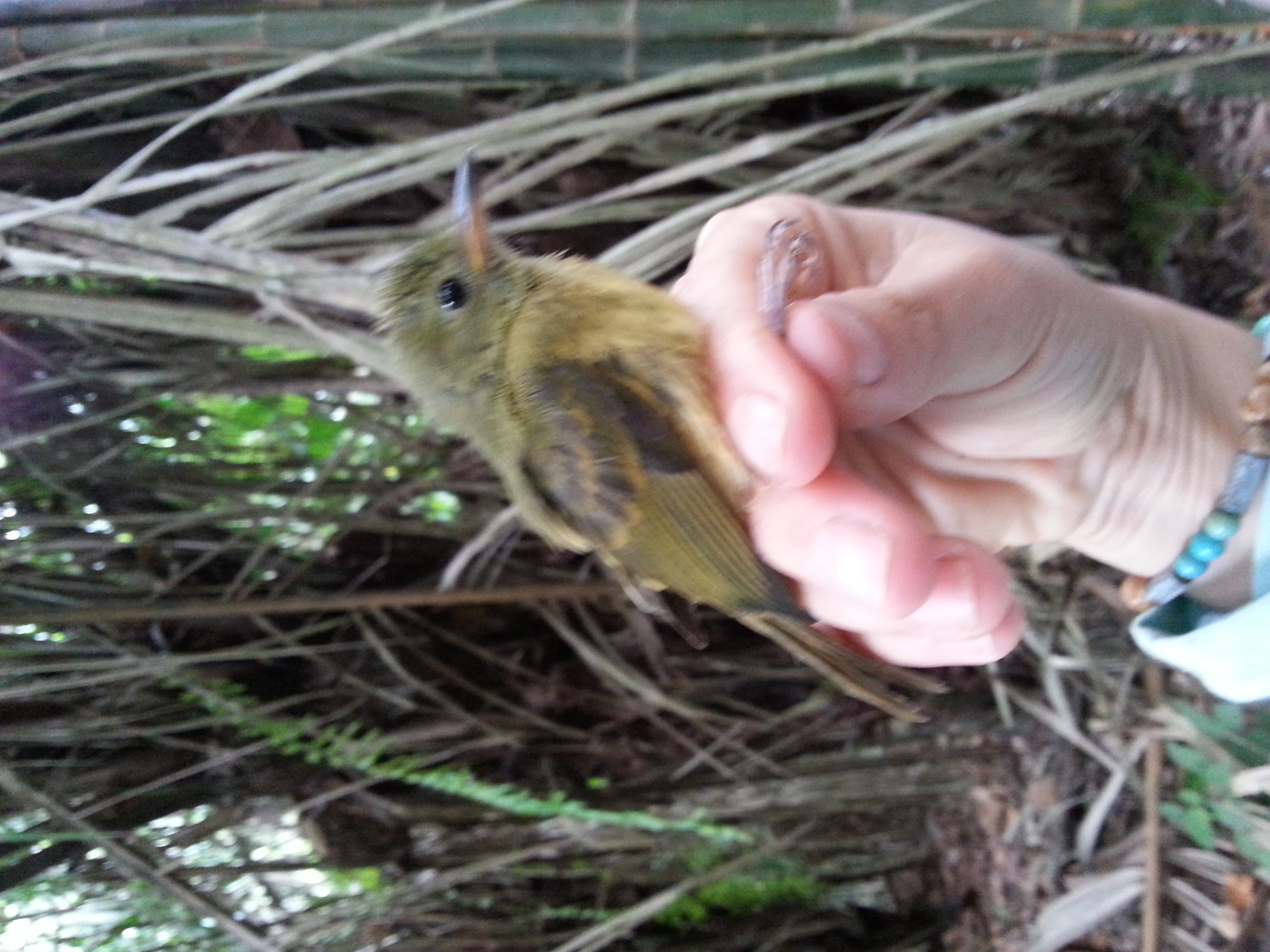


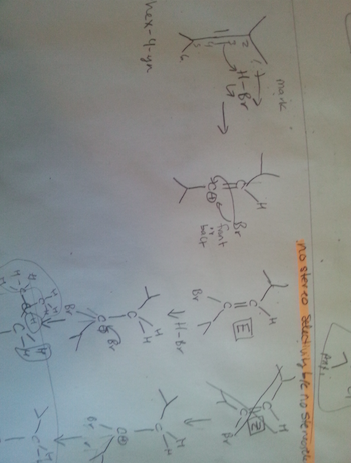
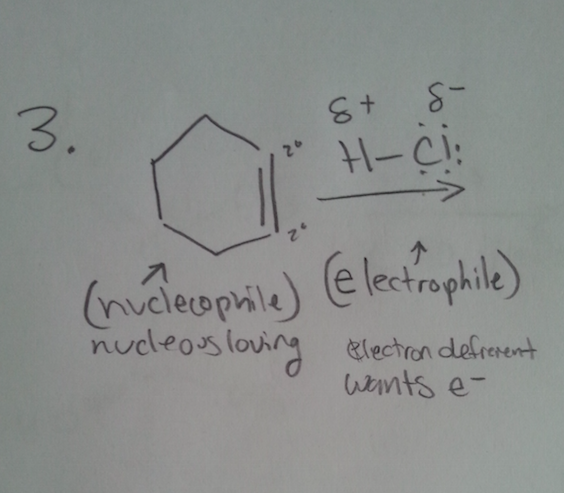
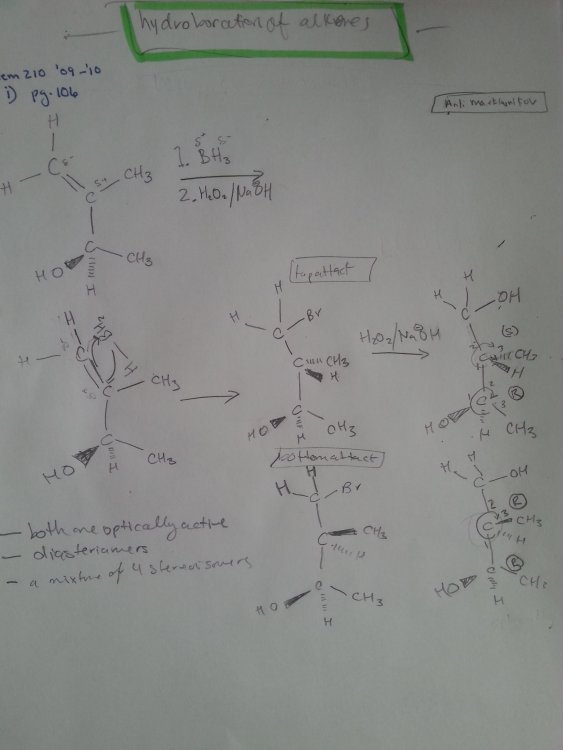
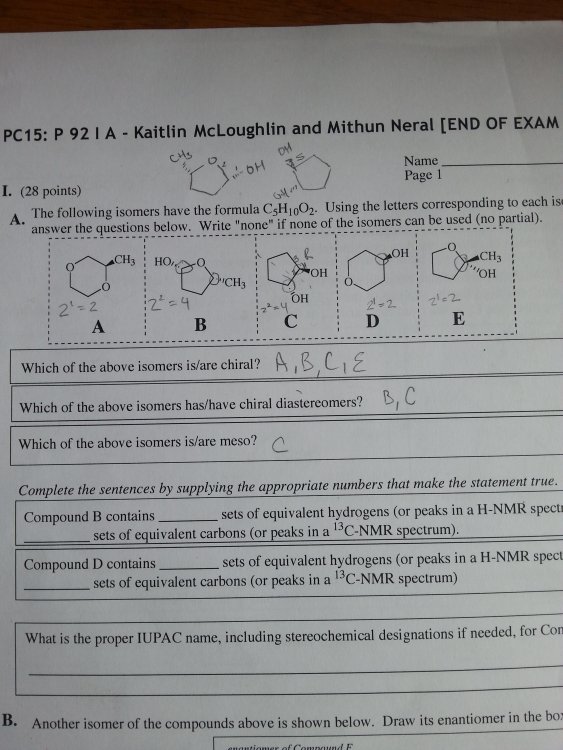
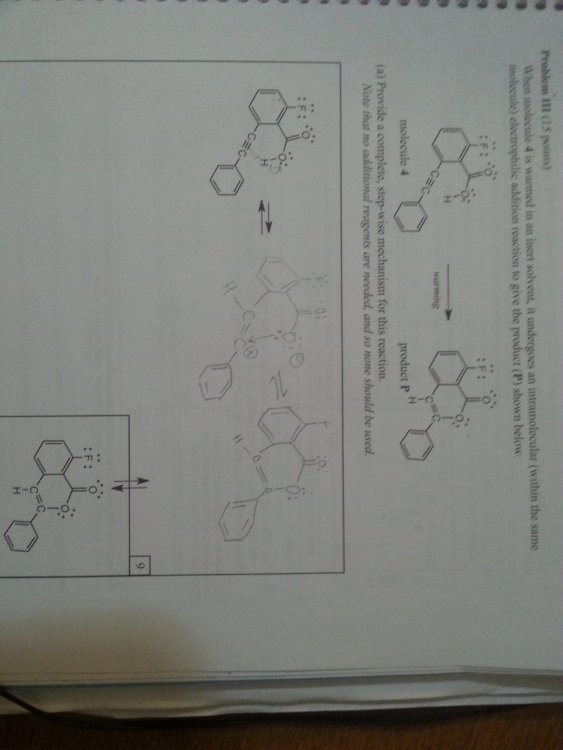
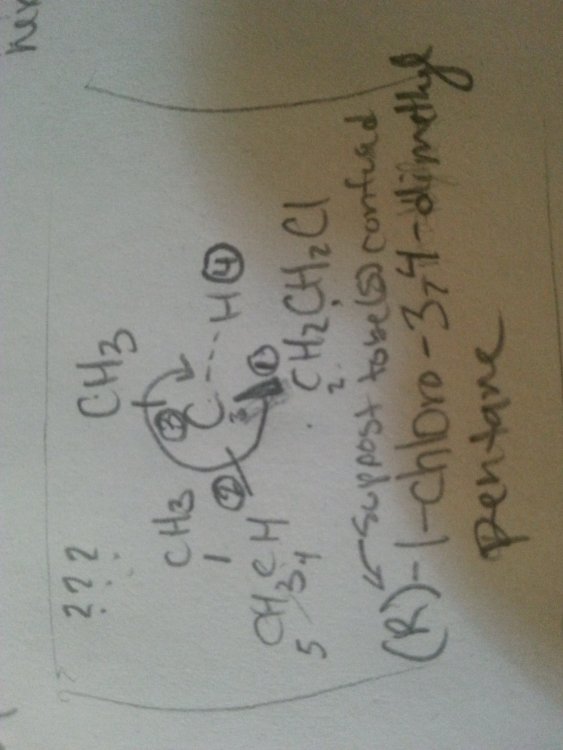
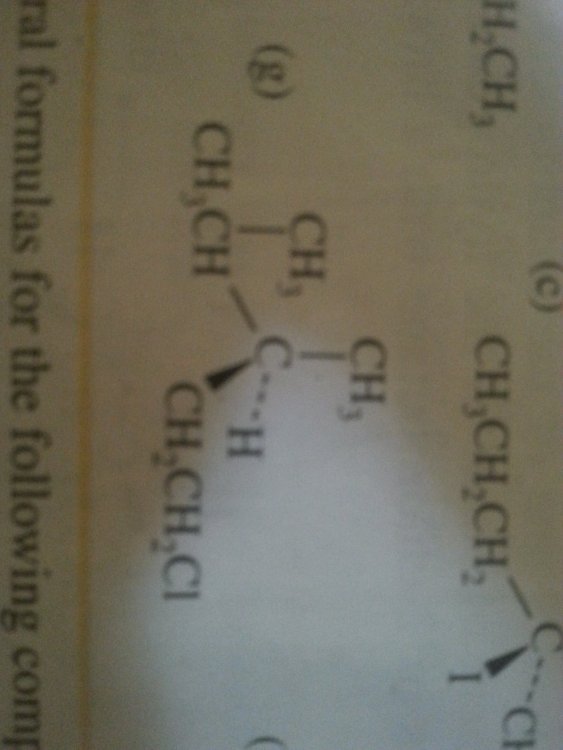
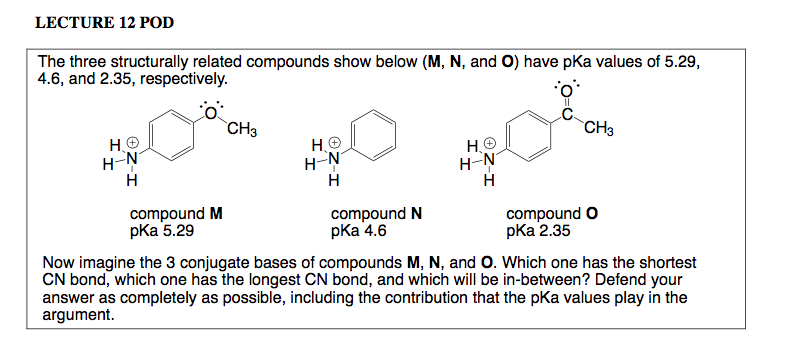
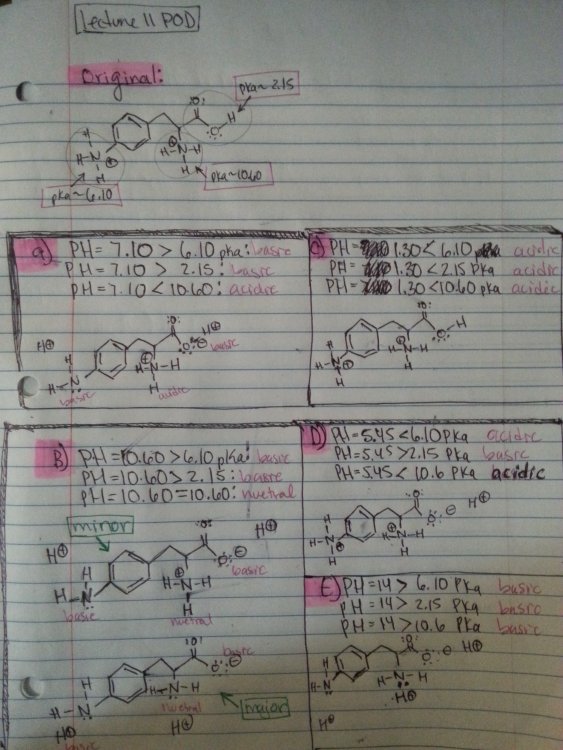
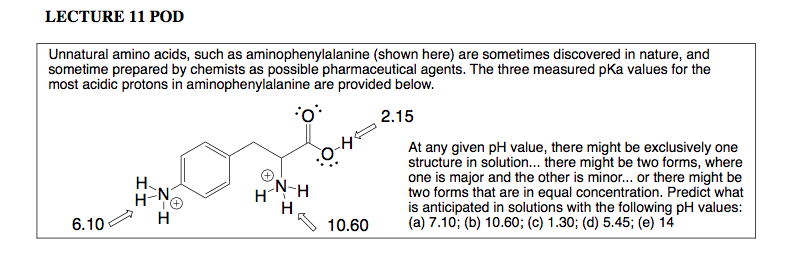
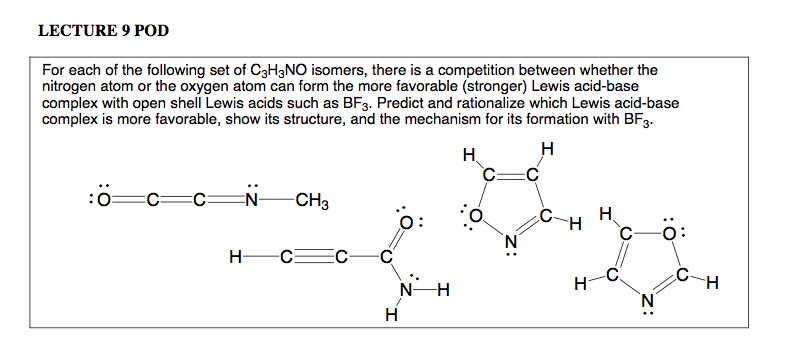
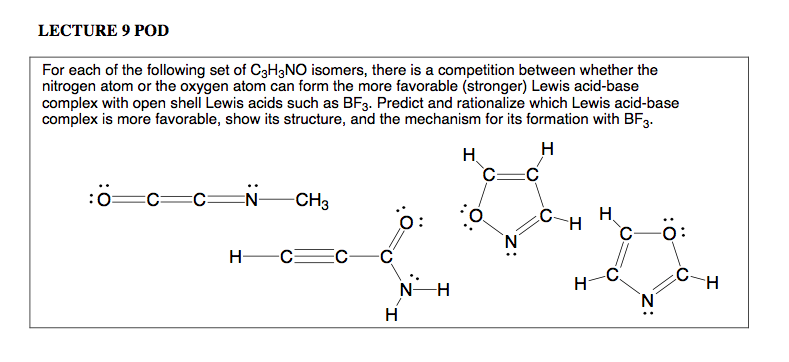
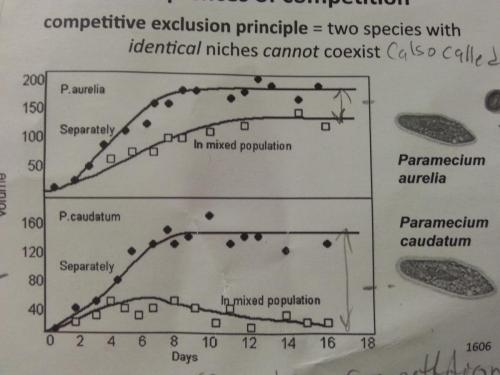
Orgo 2: opening epoxides
in Organic Chemistry
Posted
ugh rookie mistake
thanks so much!